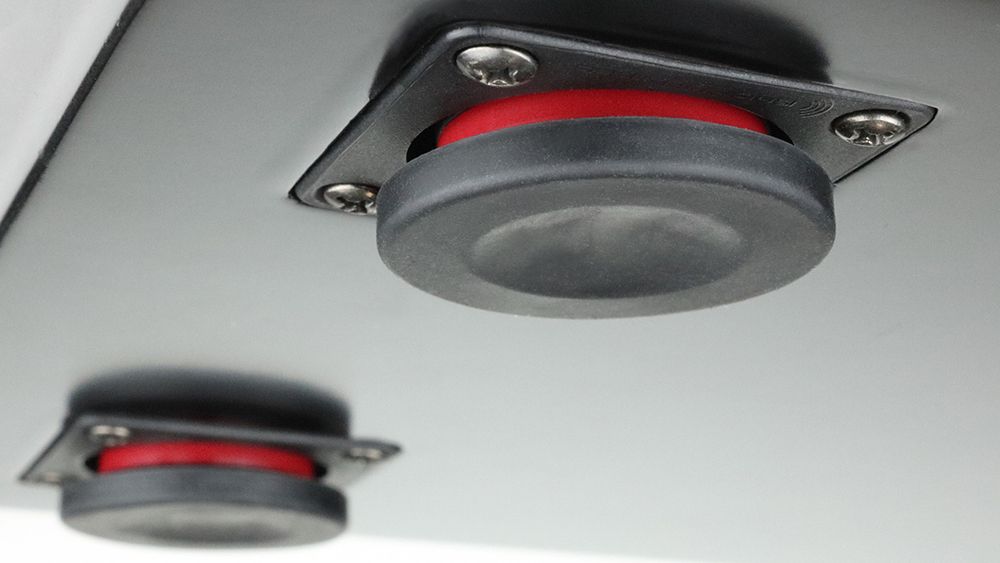
PSB Speakers puts acoustic isolation first in new speaker line
It's the result of a new collaboration with acoustic isolation specialists IsoAcoustics
From the press release:An alternative to traditional mass and floor spike techniques used to control the connection between speakers and the floor/stand (or other supporting surface) they sit on, IsoAcoustic’s patented isolators connect both to the base of the speaker and to the supporting surface so that the energy is effectively managed by the internal isolators. The isolators work to reduce the transfer of resonant energy from the speaker to the floor/stand, preventing it from reflecting back up to the speaker and detrimentally affecting the sound.
I have been saying this since my first day on the old S&V Forum and have taken quite a bit of flack over it - though our current group of members seems to accept this notion. But, I still get dismissed in audio stores and in local audio group meetups when I try to introduce this concept to those groups. The detrimental myth that spikes are always the best for speakers has so permeated the psyche of the community that any contrary views or facts are often met with mistrust and mockery. It's a shame as people could get better performance if they would practice isolation over spiked coupling.
While this has been common practice in the professional world (recording studios, mastering rooms, reference labs, etc.) for decades, the home audio market has been misinformed for years and there is little support for isolation - except when bookshelf speakers are placed on desks or shelves and usually foam or rubber is used to protect the surface and reduce rattling rather than as a tool to improve the sound.


